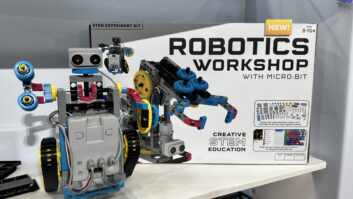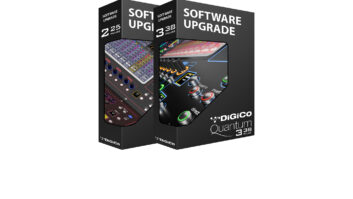NEW YORK -The toy industry blamed a variety of outside forces for the industry’s disappointing sales, which dipped 2.5 percent in 2000 to just over $21.5 billion, but the Toy Manufacturers Association (TMA) is predicting a turnaround for 2001, with high-tech toys leading the way.
Pat Feely, president of Radica Toys and chairman of the TMA, said a combination of several factors led to the sales decline in 2000. These included the poorly performing stock market, high energy costs, shortages of key electronic components, and even the drawn-out fall presidential election.
Prior to last year, the industry had been enjoying yearly increases in the 6 percent range. Oddly, the explosive video game market-which encompasses console hardware and software, along with portable hardware, software and accessories-dragged down the rest of the traditional toy category. Video games sales fell to $5.1 billion, down 6 percent, from 1999’s $5.4 billion. This poor showing helped drag the entire industry down 2.5 percent last year.
“We just completed a very difficult year,” said Feely. “The holiday buying season was very soft, and most of the hot products from 1999, like Star Wars and Pokemon, hit a brick wall in 2000.”
Industry giants Hasbro and Mattel reported at the show that they will streamline their product lines this year in an effort to revive their moribund businesses. Hasbro’s chief executive Alan G. Hassenfeld said the new toy line, along with recent layoffs, would return the company to profitability.
Poor sales in several previously hot lines resulted in Hasbro’s 2000 revenue dropping $400 million to $3.8 billion. The company plans to lay off 850 people.
Mattel’s revenue inched up 2 percent in 2000 on sales of $4.67 billion.
Despite the somewhat cloudy outlook for the economy, Feely was confident the toy industry would return to its 6 percent growth rate in 2001.
His confidence is based on the huge boost technology-based toys brought to the industry last year, with the sale of such items increasing by 98 percent to almost $1 billion, according to data from NPD Group, Port Washington, N.Y.
Electronic component prices are expected to fall even further this year, allowing vendors to create even more of the “smart toys” that are being gobbled up by kids.
Neil Friedman, president of Mattel’s Fisher-Price brand, said that with the electronic component availability problems now alleviated, technology should become more pervasive, particularly at the preschool level.
This section, led by the wave of smart toys, was one of the few bright spots for the industry and grew 11.2 percent in 2000, with $1.7 billion in sales.
The hottest smart-toy category was robotic pets. These toys totaled $5 million in sales in 1999, and brought in $159 million in 2000. Interactive toys for preschoolers, such as the Fisher-Price Intelli-Table, is another area that posted an increase, with sales last year jumping 11.2 percent.
Although electronic learning aids as a category did not fare well in 2000, as sales dropped to $104 million from $130 million in 1999, a host of companies were at Toy Fair displaying new and improved products.













